Features > Property News & Insights > Market updates
The troubling truth behind schemes like the First Home Guarantee
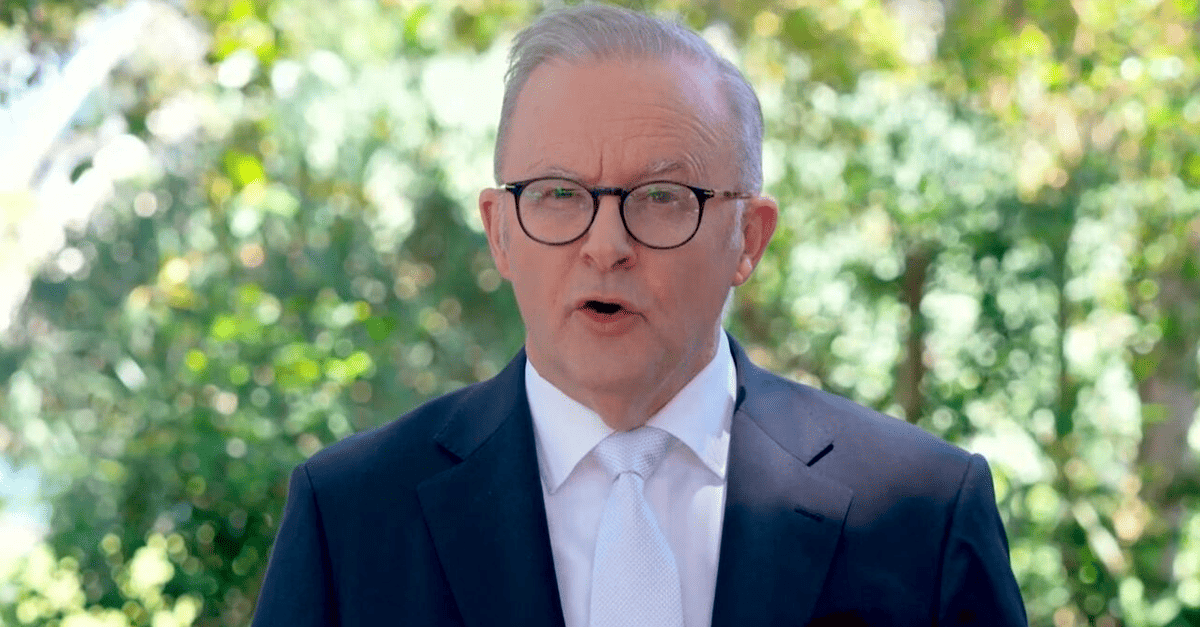
Image from 9News
KEY POINTS
- The expanded FHG scheme, allowing first-home buyers with only a 5% deposit, removes income and place caps while lifting price thresholds by up to two-thirds
- Economists believe the scheme could drive up entry-level prices by between 3% and 10% – wiping out any savings from the LMI and pricing out more buyers
- Research by Cotality shows only houses in 52% of suburbs nationwide fall under the new price caps, with even fewer in cities like Brisbane and Perth
I’m troubled by the Albanese government’s revamped First Home Guarantee scheme.
As someone who sees the life-changing results property ownership can deliver to Australians every day, I’m all for young people getting a foot onto the property ladder.
However, I fear this scheme - now with no income restrictions and no place caps - will simply pour petrol on an already hot housing market, hasten the death of affordable property in this country, and further stretch the widening gap between wages and home price growth.
And it’s not just me.
What’s happened
As I reported here, the Albanese government has brought forward the start date and broadened one of its signature policies for first-home buyers.
The First Home Guarantee scheme, which allows buyers to purchase a property with as little as a 5% deposit, will now start in less than a month - on the 1st of October this year.
It means first-home buyers with less than the standard 20% deposit can avoid paying lenders' mortgage insurance (LMI), with the government essentially acting as guarantor for the balance of the deposit.
From October, all restrictions will be removed on income eligibility and the number of places in the scheme, while price caps on the properties that can be purchased will be lifted by as much as 2/3rds.
Federal Housing Minister Clare O’Neil says the updated scheme will make it “faster and easier for the young people around our country to get their foothold on the property ladder,” while modelling by the Federal Treasury shows that an estimated 20,000 more first-home buyers will now be in a position to qualify for the scheme than the original 50,000 places.
Higher home prices
The Albanese government freely admits that one of the side effects of the revamped scheme will be more property market activity, making property prices even more expensive.
It says Treasury has modelled that extra price growth as totalling only 0.5% over 6 years.
However, leading economist Chris Richardson points out that for Treasury’s forecast of the scheme to only raise all Australian home prices by 0.5% to be accurate, affordable homes (basically anything in the $500,000 to $900,000 price range) would have to see extra price rises of 3%.
“The Treasury figure is an average across all housing prices,” Chris Richardson says, “and this policy help is directed at cheaper housing.
“So, a 0.5% increase in the total value of housing – a number that is skewed by the top end – is consistent with cheaper homes seeing price increases of around 3%.”
Chris Richardson has also calculated that first-home buyers who take up the First Home Guarantee and avoid lenders’ mortgage insurance will save around 3% on the price of a home.
But the 3% price jump effectively wipes out the advantage of being able to buy an entry-level home with a smaller deposit.
“In other words, the official advice from Treasury is consistent with young people actually being no better off at all,” Mr Richardson says.
Separate modelling by Lateral Economics, produced for the Insurance Council of Australia, has found that the 5% deposit scheme will result in national house prices rising by between 3.5% and 6.6% nationally within its first year.
When you extrapolate those figures out to the different market segments, Lateral Economics says this means the properties typically targeted by first-home buyers are projected to rise by as much as 9.9% within 12 months.
Lateral also says many first-home buyers would be worse off under the scheme because they will pay more through higher home prices than what they would save on LMI.
Either way, independent housing researcher Cameron Kusher and Chris Richardson point out that people who already own property will benefit from the overall uplift in property prices - the so-called “wealth effect” - locking yet more young Australians out of home ownership.
Referring to Treasury’s numbers, Chris Richardson says “an increase of 0.5% in average home prices is a lift in the value of housing of around $60bn…and all of that goes to the older and richer people who currently own that housing.”
“You know the drill,” Cameron Kusher says, “this scheme is likely to light a fire under housing demand.
“First-home buyer activity will lift, pushing prices higher, and that will reverberate through prices across the market, as investors and upgraders also become more active.
“The other thing to consider,” Mr Kusher says, “is the wealth effect and lift in home prices may result in fewer than anticipated interest rate cuts.”
That would be another blow for young Australians hoping for more manageable interest rate settings from the Reserve Bank of Australia.
Where are the affordable properties?
Cotality‘s Head of Research, Tim Lawless, has also pointed out that finding a well-located home below the scheme's price caps is increasingly challenging, with only 52% of suburbs nationally having a median house value equal to or below the new price caps.
“Some capitals have a much smaller portion,” he says, “like Brisbane and Perth, with around 40% of suburbs recording a median house value at or below the caps.
“Unit markets are far more accessible,” Mr Lawless says,” with lower price points and some regions recording 100% of suburbs with a median value at or below the new price caps.”
However, he says that “with values rising, these portions will be lower by October”, when the revamped scheme comes into force.
The problem with first-home buyer schemes
While most first-home buyer schemes do usually give a leg up to some younger Australians trying to get a foot on the property ladder, there’s plenty of evidence that they just serve to make home ownership harder for the majority.
Independent economist Saul Eslake is one of their fiercest critics, and the revamped First Home Guarantee scheme is no exception.
“Although undoubtedly well-intended, it's just the latest in a string of schemes going back to the mid-1960s which allow people to spend more on housing than they'd otherwise be able to,” he says.
This actually ends up “resulting in higher housing prices and hence in lower (rather than higher) home ownership rates.”
Leith Van Onselen, the Chief Economist at MB Fund and MB Super, agrees.
“The past 25 years have proven that whenever governments provide demand-side policy stimulus, be it first-home owner grants and subsidies or 5% deposit schemes, they have proven self-defeating from an affordability perspective, ultimately resulting in larger mortgages and higher home prices,” he says.
So, why do governments of all political persuasions keep coming up with these schemes if they just serve to push prices further out of reach for the people they’re meant to be helping?
Saul Eslake says it’s “because they know that a very large majority of Australian voters - that is, the some 11 million who own their own homes, and the more than 2 million who own at least one investment property - want governments to do things that keep house prices going up, preferably at a faster rate than incomes.”
“And that's a vastly greater number than the roughly 110,000 people who, on average each year, succeed in becoming first-home buyers.”
Saul Eslake's assessment is rather depressing, especially if you are a young person who aspires to the Great Australian Dream of owning your own home.
However, I have a sneaking suspicion that he may be on the money.
Stay Up to Date
with the Latest Australian Property News, Insights & Education.




.png?width=292&height=292&name=Copy%20Link%20(1).png)
 SIGN UP FOR FREE NEWSLETTER
SIGN UP FOR FREE NEWSLETTER
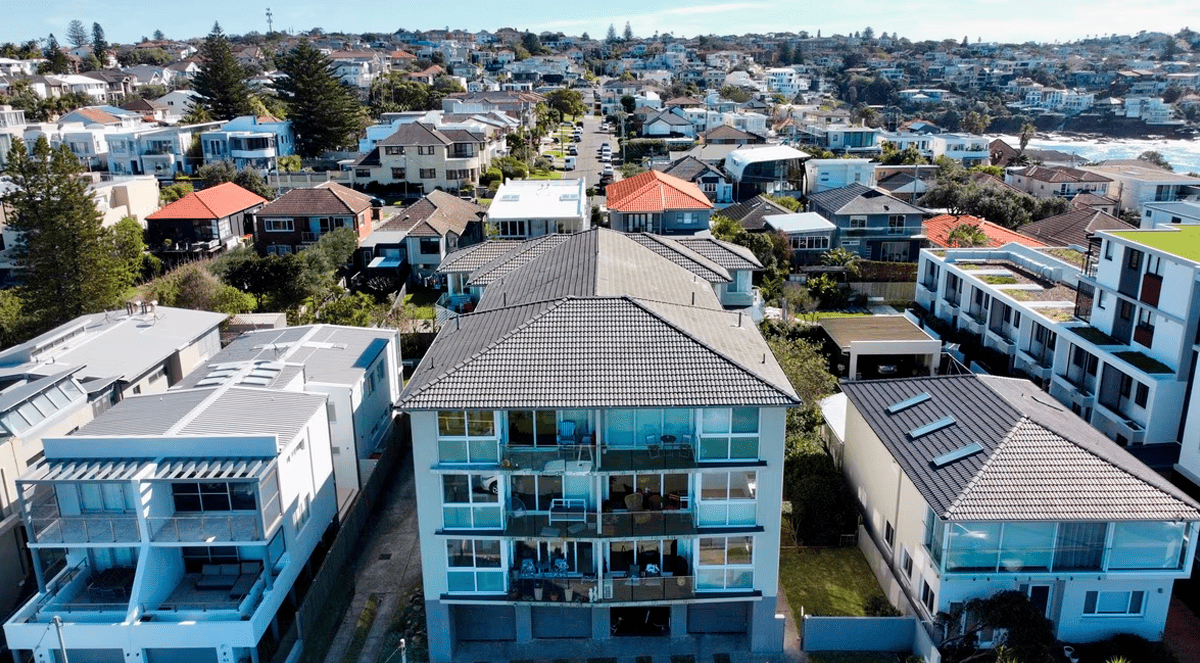
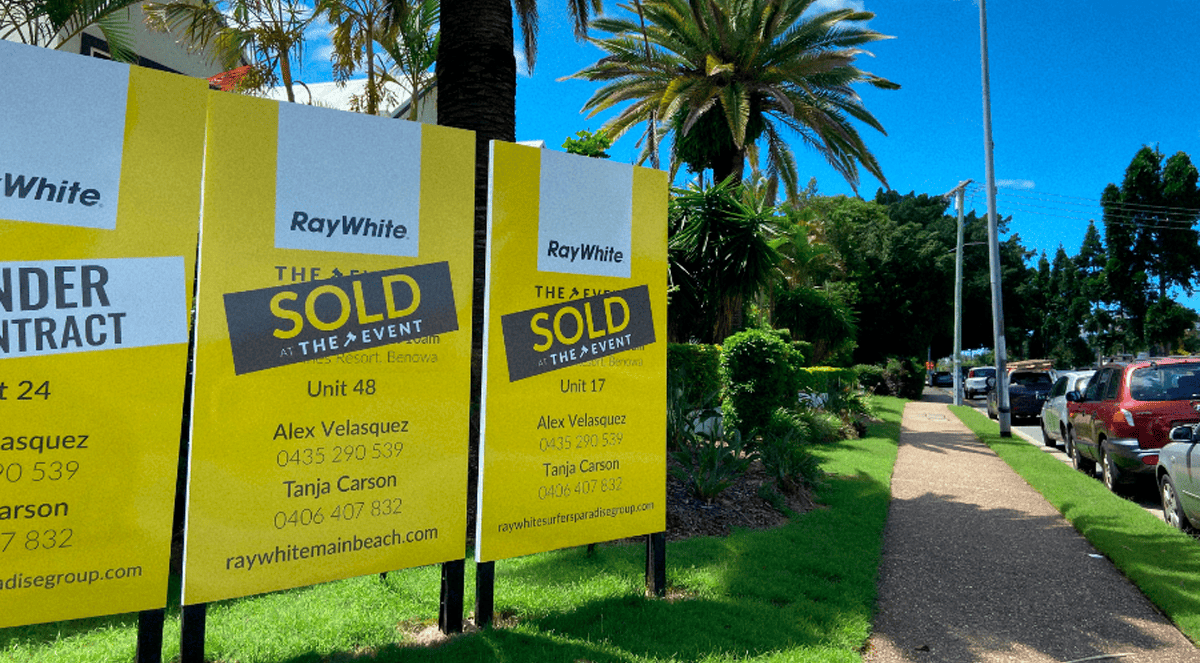
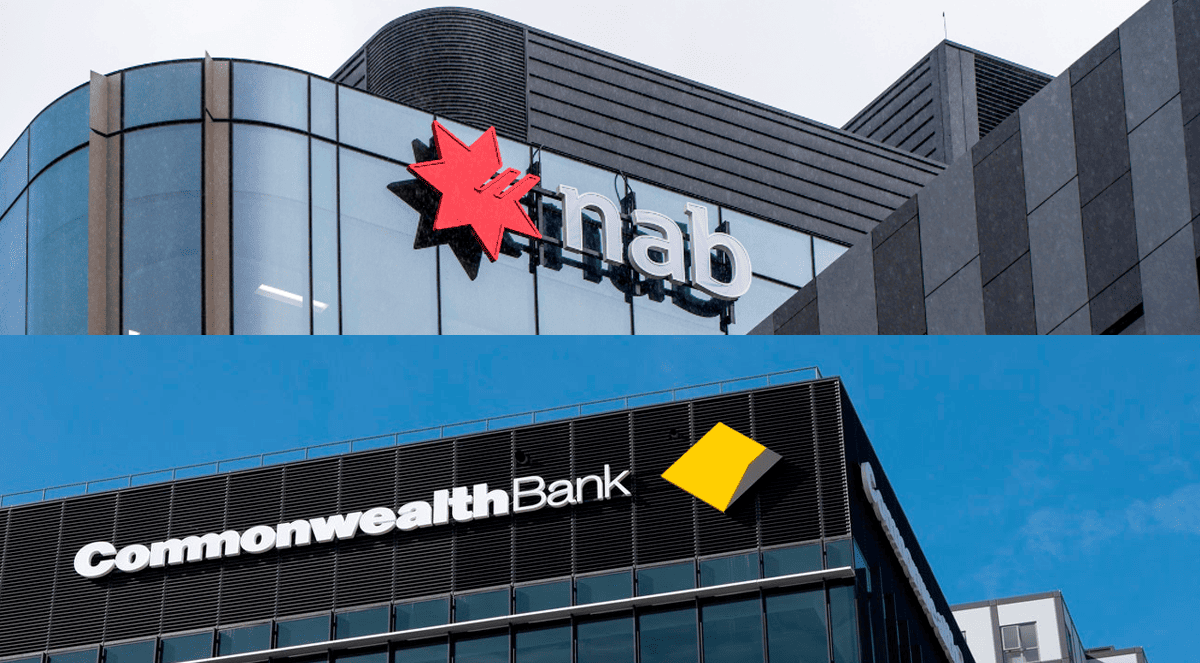
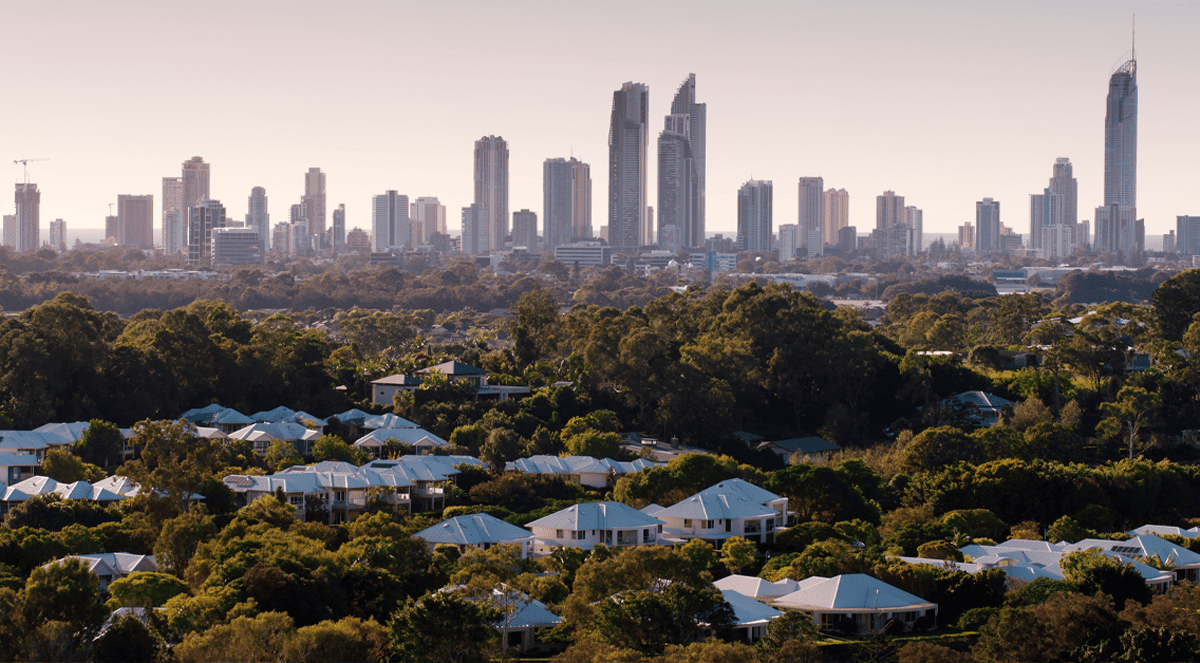
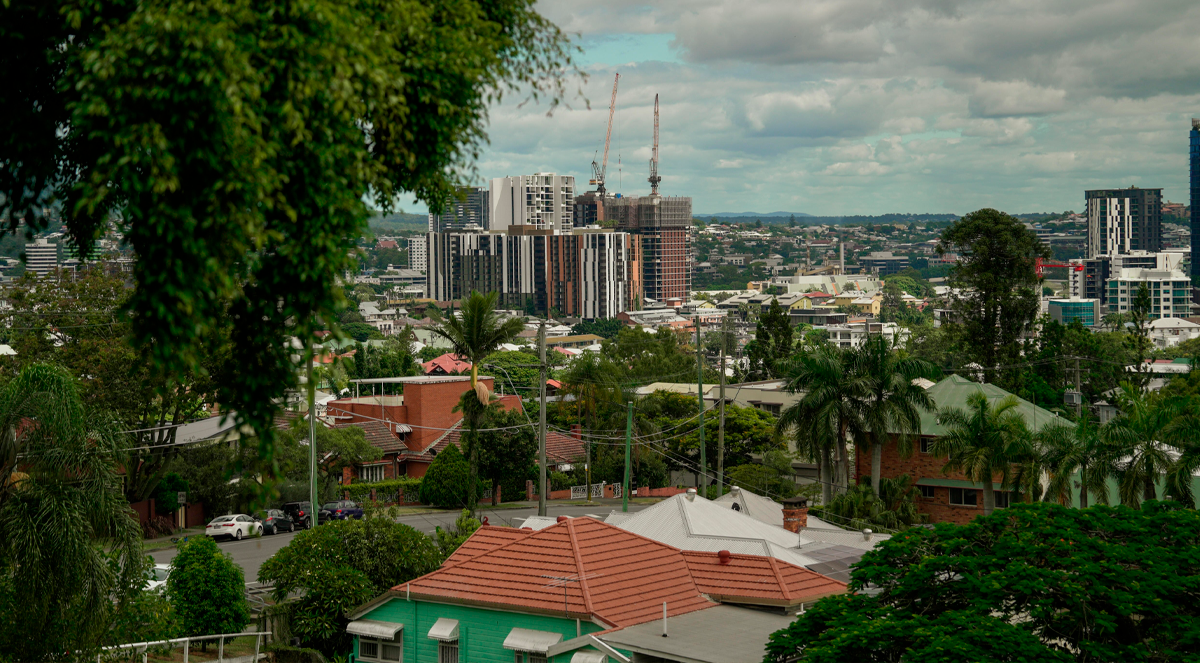
.jpg?width=1920&height=1080&name=Warning%2c%20You%20Might%20Be%20Facing%20Higher%20Taxes%20Soon%20(1).jpg)





.png?width=1920&height=1080&name=Rate%20Drops%20Signal%20BIGGEST%20Property%20Boom%20in%20DECADES%20(1).png)

.jpg?width=1920&height=1080&name=Labor%20vs%20Liberal%20These%20Housing%20Policies%20Could%20Change%20the%20Property%20Market%20Forever%20(1).jpg)
.jpg?width=1920&height=1080&name=QLD%20Slashes%20Stamp%20Duty%20Big%20News%20for%20Investors%20%26%20Home%20Buyers%20(1).jpg)
.jpg?width=1920&height=1080&name=Trump%20Just%20Slapped%20Tariffs%20%E2%80%93%20Here%E2%80%99s%20What%20It%20Means%20for%20Australia%20(1).jpg)
.jpg?width=1920&height=1080&name=Federal%20Budget%202025%20More%20Debt%2c%20No%20Housing%20%E2%80%93%20Here%E2%80%99s%20What%20You%20Need%20to%20Know%20(1).jpg)
.jpg?width=1920&height=1080&name=Australias%20Housing%20Crisis%20is%20about%20to%20get%20MUCH%20Worse%20(New%20Data%20Warns).jpg)
%20(1).jpg?width=1920&height=1080&name=Australias%20RENTAL%20CRISIS%20Hits%20ROCK%20BOTTOM!%20(2025%20Update)%20(1).jpg)
%20(1).png?width=1920&height=1080&name=Is%20Adelaide%20Still%20a%20Good%20Property%20Investment%20(2025%20UPDATE)%20(1).png)
.jpg?width=1920&height=1080&name=RBA%20Shocks%20with%20Rate%20Cuts!%20What%E2%80%99s%20Next%20for%20Property%20Investors%20(1).jpg)
%20(1).jpg?width=1920&height=1080&name=I%20Predict%20The%20Feb%20Rate%20Cut%20(My%20Price%20Growth%20Prediction)%20(1).jpg)
.png?width=1920&height=1080&name=Why%20Property%20Prices%20Will%20Rise%20in%202025%20Market%20Predictions%20(1).png)
.jpg?width=1920&height=1080&name=Why%20Investors%20Are%20Choosing%20Apartments%20Over%20Houses%202%20(1).jpg)
.jpg?width=1920&height=1080&name=Why%20Rate%20Cuts%20Will%20Trigger%20A%20Property%20Boom%20(1).jpg)
.jpg?width=1920&height=1080&name=Retire%20On%202Million%20With%20One%20Property%20(Using%20SMSF).jpg)
.jpg?width=1920&height=1080&name=4%20Reasons%20Why%20You%20Should%20Invest%20in%20Melbourne%20Now%20(1).jpg)
%20(1).jpg?width=1920&height=1080&name=Old%20Property%20vs%20New%20Property%20(Facts%20and%20Figures%20Revealed)%20(1).jpg)
%20(1).jpg?width=1920&height=1080&name=Will%20The%20New%20QLD%20Govt%20Create%20a%20Property%20Boom%20or%20Bust%20(My%20Prediction)%20(1).jpg)
%20Scott%20Kuru%20(1).jpg?width=1920&height=1080&name=Inflation%20Hits%20Three-Year%20Low%20(Will%20RBA%20Cut%20Rates%20Soon)%20Scott%20Kuru%20(1).jpg)
.jpg?width=1920&height=1080&name=How%20to%20Buy%20Investment%20Property%20Through%20SMSF_%20The%20Ultimate%20Guide%20(1).jpg)
.jpg?width=1920&height=1080&name=Victoria%20Slashes%20Stamp%20Duty%20Melbourne%20Set%20to%20Boom%20Scott%20Kuru%20(1).jpg)
.png?width=1571&height=861&name=Are%20Foreign%20Buyers%20Really%20Driving%20Up%20Australian%20Property%20Prices%20(1).png)
.jpg?width=1920&height=1080&name=The%20Single%20Factor%20That%20Predicts%20Property%20Growth%20Regions%20(1).jpg)
%20Scott%20Kuru%20(1).jpg?width=1920&height=1080&name=My%20Prediction%20On%20Rates%20%26%20Negative%20Gearing%20(Market%20Crash)%20Scott%20Kuru%20(1).jpg)

-1.png?width=1920&height=1080&name=Major%20Banks%20Cut%20Rates%20Will%20RBA%20Follow%20Suit%20(Sept%20Rate%20Update)-1.png)
%20Scott%20Kuru-1.png?width=1920&height=1080&name=Rate%20Cut%20Coming%20What%20New%20Zealands%20Move%20Means%20for%20Australia%20(Sept%20Prediction)%20Scott%20Kuru-1.png)
%20(1).jpg?width=1920&height=1080&name=Buy%20when%20the%20interest%20rates%20are%20high!%20(Why%20you%20must%20buy%20now!)%20(1).jpg)
.jpg?width=1920&height=1080&name=Carms_Revised%20Taxes%20Due%20Aug%209%20YT%20Thumbnail02%20(1).jpg)
.jpg?width=1920&height=1080&name=Carms_Too%20Little%20Too%20Late%20Aug%207%20YT%20Thumbnail01%20(1).jpg)









.jpg?width=1920&height=1080&name=Carms_Rate%20Drop%20In%20July%20Jun%2010%20YT%20Thumbnail02%20(1).jpg)
.jpg?width=1920&height=1080&name=Carms_Own%20a%20Property%20V6%20Jun%205_YT%20Thumbnail%20(1).jpg)









.png?width=1920&height=1080&name=Artboard%201%20(3).png)






.jpg?width=1920&height=1080&name=YT%20thumbnail%20%20(1).jpg)

